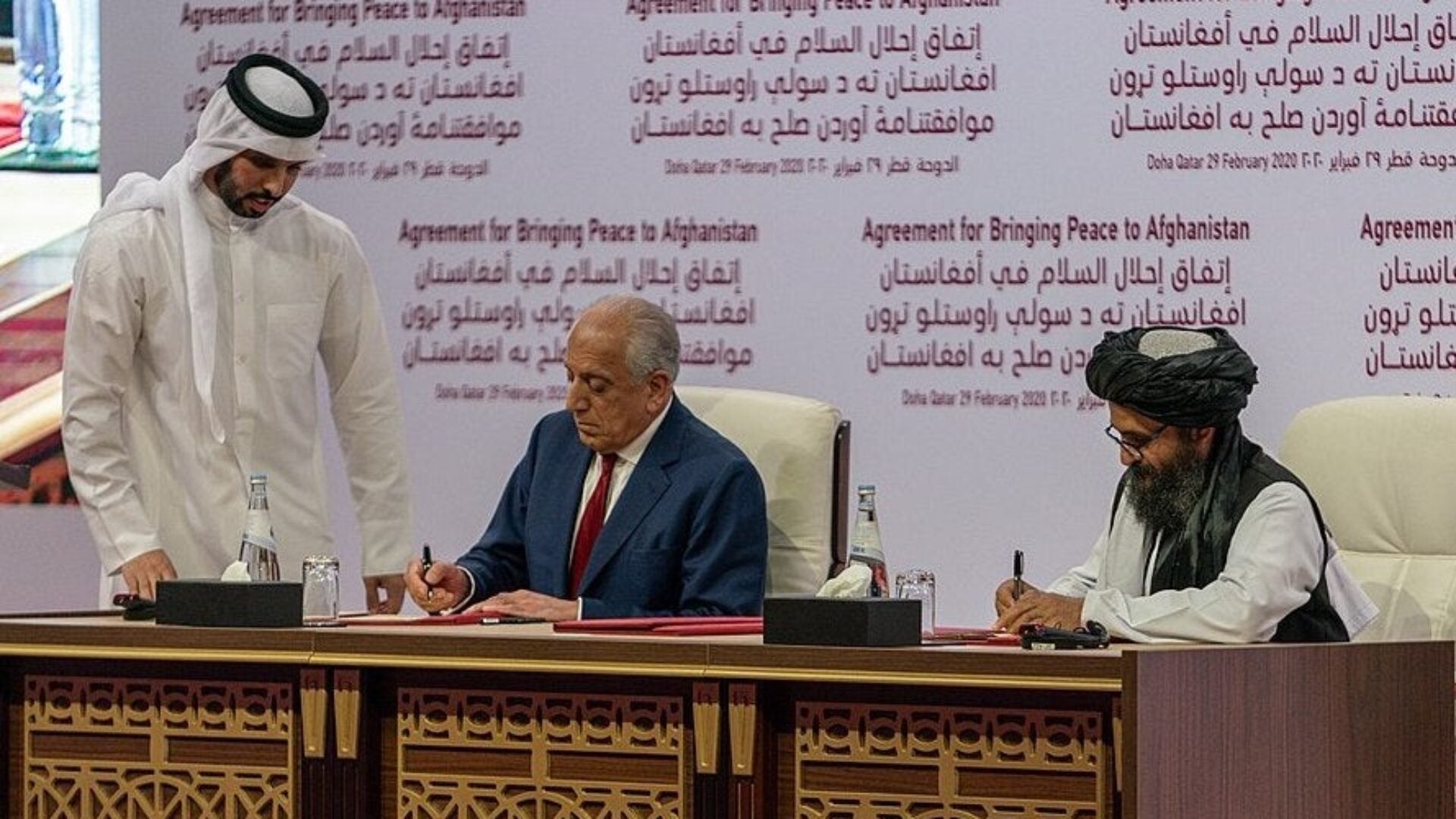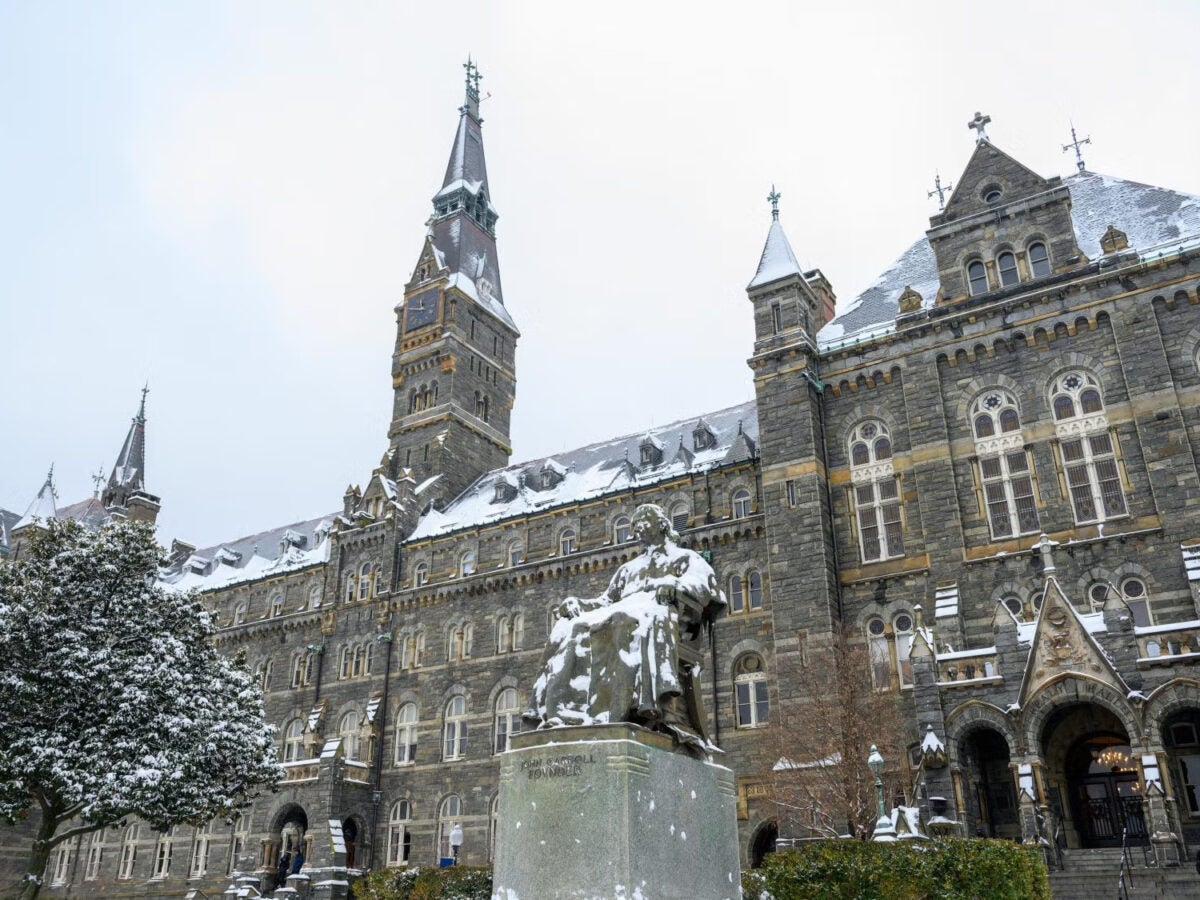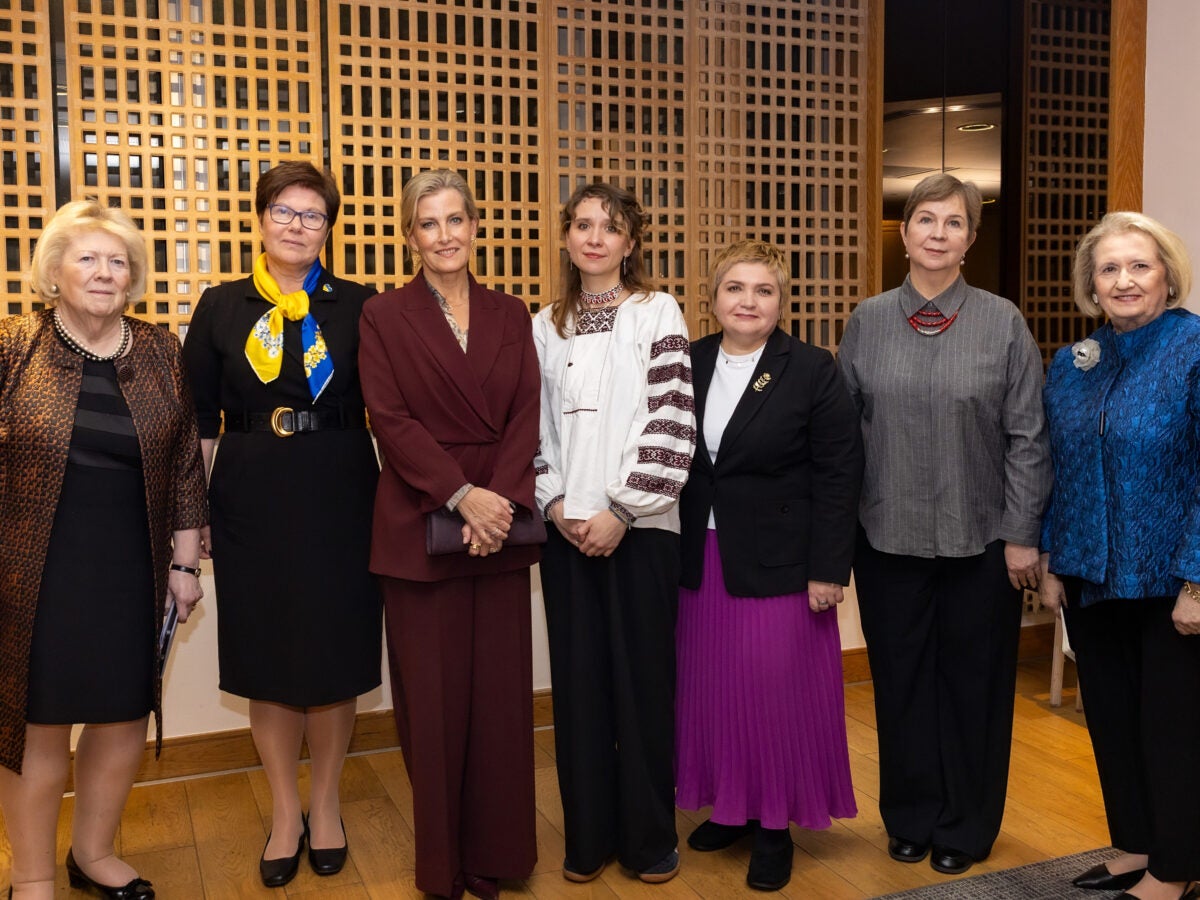What Afghan Women Leaders Want You to Know about the Peace Talks

Peace talks between the Afghan government and the Taliban officially began in October of 2020, opening the possibility for ending decades of violence through a political settlement. The talks, however, have gotten off to a slow start, as the last many weeks have been spent on procedural matters. Afghan women fear that the Taliban will insist on a return to fundamentalist laws and norms, rolling back decades of progress on women’s rights.
Afghan women leaders are counting on their government and the international community to help ensure that the gains they have made over the last 19 years will not be erased in any future agreement. Women’s rights are guaranteed by the constitution, including the right to an education, to work outside the home, and to participate in politics. As the world’s attention is focused on their situation, Afghan women leaders have been asked to comment on the state of the negotiations and the role of the international community in Afghanistan’s future. GIWPS gathered their answers to the most “frequently asked questions.”
What are the implications of the Taliban’s interpretation of Islam? What does it mean for Afghanistan’s future and women’s rights?
- The Taliban hold an extreme interpretation of Islam that defines women’s rights according to their narrow, ideological view. When the Taliban were in power, women were confined to their homes, could not work outside the home or participate in the political life of the country or society more broadly, and girls were not allowed to go to school. There are those who say that the Taliban have changed; however, it is instructive that in areas of Afghanistan they currently control, women have few, if any rights. In some of their public statements, the Taliban have been purposefully vague; in other statements, they have declared that their intention is to establish an Islamic Emirate. The Taliban’s interpretation is one that suits their political purposes and is not in line with the interpretation of Islam that is consistent with women’s rights that is practiced in most predominantly Muslim countries.
There are many questions about the Taliban’s commitment to the peace process, particularly on the protection of women’s rights. How can a nuanced conversation on the issue of women’s rights take place?
- The Taliban have been largely ambiguous on the issue of women’s rights in public because they don’t want to bind themselves to certain positions or “red lines” if circumstances on the ground change. If the Taliban are in a position of strength, they do not want to be forced to adhere to previous commitments and forgo their maximalist agenda.
- The Taliban need to understand Afghan society in all its dimensions, which includes hearing the diverse views of the Afghan people, specifically from civil society. Most Afghans do not share the Taliban’s views on women’s rights and democratic values or agree with peace negotiators on what will make for an effective peace settlement. The Taliban often claim that since the majority of the Afghan population lives in Taliban-controlled areas, they should not have to concede certain social and political issues. However, a survey of 1,050 women in seven provinces by the Organization for Policy and Research Studies (DROPS) found that the vast majority disagree with the Afghan government’s decision to release prisoners before the start of the talks (76%), do not believe the exchange of prisoners will lead to a reduction in violence (63%), and are concerned about Taliban fighters returning to the battlefield after being released (97%). Evidence-based engagement and arguments, including international monitoring of Taliban-controlled areas, is critical to unpacking these false narratives.
- The international community must also continue to support the amplification of women’s voices and push the Taliban to recognize that women’s rights directly impact prosperity for the whole country.
What is the best-case scenario resulting from the peace talks? What would this require from the United States and the international community?
- The United States and the Taliban agreed to a deal that seems largely to have benefited the Taliban. Violence has become more prevalent and deadly; Taliban prisoners have been released and the Taliban haven’t cut their ties to Al-Qaeda, as per the terms of the US-Taliban deal. Moreover, the U.S. continues to draw down its troops without conditions being met, including a meaningful reduction in violence. In a best-case scenario, troop withdrawal is based on key deliverables on the ground, including preserving the gains made over the past 20 years, upholding the framework of the constitution, and ensuring an end to the violence. Aid conditionality may provide an important lever, but we are already seeing that the Taliban are generating revenue by taxing much of the development assistance in their territories. The way forward is largely dependent on how much pressure the international community is willing to put on both parties throughout the talks.
In a recent Open Letter coordinated by GIWPS, over 100 global leaders called for conditioning international aid on the preservation of the rights and liberties currently enjoyed by Afghan citizens. From your perspective, is there a way to condition future assistance on the protection of Afghan citizens?
- It is important for the international community to use its leverage to structure a lasting and equitable post-settlement Afghanistan. Afghanistan will need international support in whatever governing system is established as a result of a peace agreement. Aid conditionality is one potential way of ensuring Afghanistan upholds its commitments to women’s rights and democratic values. However, specific conditions attached to aid are often not sustainable. The moment the negotiating parties meet the conditions for aid, for example, they may reverse course. The Taliban will always claim they need aid but since they receive revenue from other sources, aid conditionality alone is not enough to hold them to account. We must think more creatively about how to ensure the protection of Afghan citizens post-settlement while ensuring women’s rights are taken into consideration when structuring international assistance.
How do regional dynamics, particularly with regard to India and Pakistan, affect the Afghan peace talks?
- The implications of the Afghan peace process on neighboring countries is significant, but regional dynamics have remained stable thus far. India is still watching from a distance, and the Indian government’s engagement with the Taliban is nowhere near the extent of other regional countries. However, there have been slight changes in Pakistan’s engagement. Historically, Pakistan’s main strategic position in Afghanistan has been to contain India’s regional influence. We are now seeing Pakistani officials reaching out to politicians in the north and central regions of Afghanistan, whereas they traditionally only engaged with those in the south. This new approach may demonstrate their interest in seeing a comprehensive political settlement in Afghanistan that results in a power-sharing arrangement. Due to the lingering effects of an economic crisis in 2018, compounded by the impacts of the COVID-19 pandemic, Pakistan has also shifted its strategic focus from the military and security sectors to pursuing a more economic-oriented agenda. For the Afghan government, however, given persistent political tensions that could impede cooperation on bilateral trade relations, officials should strive to put transportation and trade into a multilateral framework in post-peace reconstruction.
While attention has focused on negotiations between the Afghan government and the Taliban, what other key issues and dimensions need to be considered to ensure peace and stability in Afghanistan as well as protect US security interests?
- It will be critical to strengthen the justice sector and other key institutions responsible for delivering essential services and goods, security and justice to its citizens. If we envision that a peace settlement will come in the next few years, the ground must be ready for peace. The Afghanistan Independent Human Rights Commission is striving to improve Afghanistan’s legal framework to ensure the implementation of rights provisions and access to justice. This includes ensuring more women are represented in the government at high-level positions – particularly in the security and justice sectors – to set the standards for an inclusive governance framework for when we reach a discussion of negotiated settlements.
- It is critical to maintain international funding assistance and support for Afghan security and development forces throughout the peace process. During the 2020 Afghanistan Conference in Geneva, international donors pledged financial and political support for the peace process; however, the aid commitments were not sufficient. The Afghan government and its international development partners must work together to ensure Afghan institutions can function properly, preserve financial stability, and continue to deliver critical services to the Afghan people throughout the negotiations. Lack of certainty about the future of international aid and development assistance will only fuel corruption and harm the Afghan people, who are its main beneficiaries.
- The peace process in Afghanistan is ambiguous and in flux. Peace will be difficult to achieve. We are not seeing a reduction in violence, the space for civil society participation is shrinking, and there is continued frustration among local Afghan communities due to failures in service delivery and rising unemployment. We are also concerned that the Afghan government’s leverage may have been lost following the U.S.-Taliban agreement in February 2019 and the subsequent release of prisoners. If the situation continues to deteriorate, we must consider the spillover effects and engage with human rights activists and international organizations to make clear that Afghanistan’s internal struggles could burden the whole region.
What other questions should we be asking?
- What would a counterterrorism agreement with the Taliban look like?
- How would a ceasefire be monitored in Afghanistan?
- What leverage does the Afghan state have over the Taliban, following the pressure to release 5,000 prisoners?
- How would the Taliban be absorbed into the Afghan National Defense and Security Forces (ANDSF)?
- In the likelihood of a zero-troop withdrawal scenario, how do we see cooperation shifting? How would the European Union respond?
- In the case of a power vacuum, who else in the region would try to fill in those gaps, both in terms of security and civilian and humanitarian assistance? What would be a potential U.S. response?
- How would our transatlantic engagement shift with a U.S. troop withdrawal?
- What does “a new Islamic order” really entail?
Jess Keller is a Program Coordinator at the Georgetown Institute for Women, Peace and Security.
Explore More

End of Year Reflections
This year has been particularly challenging for peace around the world, with…

“No Amnesty, No Silence:” Ukrainian Women Urge Accountability for War-Time Sexual Violence
Last week, the Georgetown Institute for Women, Peace and Security (GIWPS) brought…
